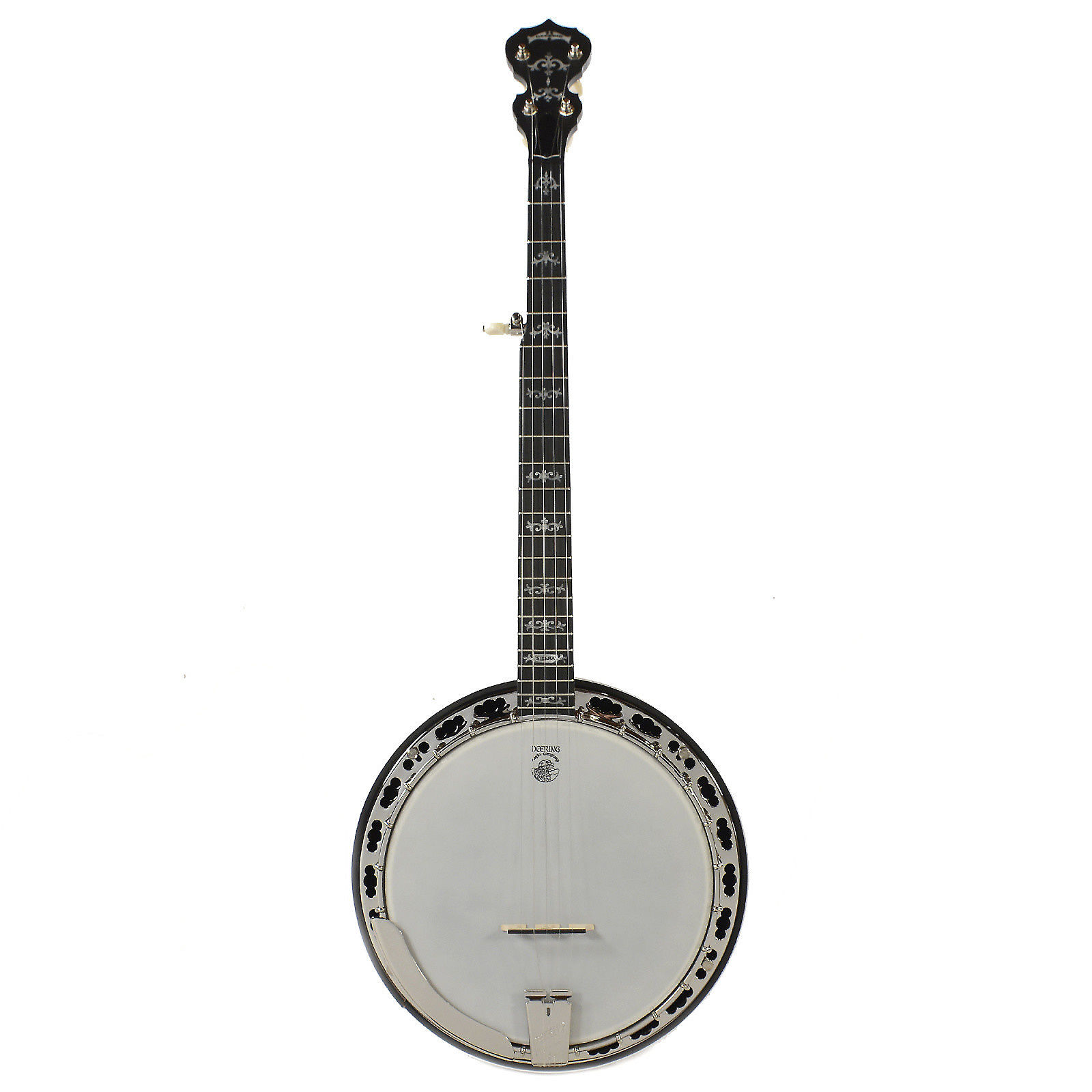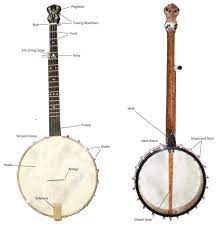How to Play a 5 String Banjo
A 5-string banjo has long been one of the cornerstones of American musical history, playing an integral role in diverse styles and techniques.
Banjo fifth strings begin at the fifth fret on the fingerboard with a tuning peg attached to one side of their necks, which may seem intrusive but actually becomes part of its aesthetic beauty over time.
Strings
5 string banjo features larger strings than their four string counterparts and 22 frets for fretted music such as bluegrass or dixieland jazz. These banjos are commonly used in traditional North American folk music genres such as bluegrass or dixieland jazz.
Five string banjos are often tuned to GDGBD or open G tuning, which enables their player to play various styles of music such as frailing and clawhammer.
Wavy or unwavy, 5-string banjo strings come from various materials and come in an assortment of gauges. Nickel-plated steel offers a bright crisp tone with excellent projection while phosphor bronze produces warmer tones.
Resonator
Resonators on banjos are an integral component of their acoustics; it connects across the neck to the drum head. Their purpose is to allow sound to travel farther while producing more powerful notes.
Resonators from 5-string banjos are an integral component of old-time, folk, country music, bluegrass and jazz styles – it adds its distinctive ringing sound that defines these genres, as well as other popular musical genres like rock.
Jim Woodhouse of Cambridge University’s Department of Engineering in UK has led a team of researchers in studying the acoustics of banjos to understand their distinctive voice. Their researchers discovered that their resonator structure largely determines its voice – similar to how steel-string guitar’s resonator structures impact its tone.
Neck
The neck of a five string banjo connects its resonator with its fingerboard and plays an integral part in creating its sound. As with other instruments, its design affects how its sound resonates through space.
Noteworthy about banjo necks is their construction from woods with similar densities, which has an effect on sound production. This applies to any instrument but particularly with banjos.
Another key aspect when selecting a neck is the radius of its fretboard. Fretboards with more curvature tend to make it easier for chord players, while flatter boards may provide greater versatility when soloing or bending notes.
Fingerboard
A 5-string banjo fingerboard resembles that of a guitar fretboard in shape, yet differs significantly by having an irregular surface referred to as a radius which runs along its width.
Radiused fingerboards are more comfortable to play for extended periods than flat fingerboards due to the softer tension of five string banjo strings not requiring as much force against flat surfaces compared to stiffer steel string guitar strings.
Once you’ve mastered the fundamental chords, try playing melodies on the banjo. Experiment with different strumming patterns and improvisation techniques in order to develop your own unique style of playing.
Tuning
Tuning refers to the process of adjusting strings so as to achieve their ideal pitch. While electronic tuners are commonly used, learning how to tune your banjo by ear can also prove invaluable.
The banjo stands out among other stringed instruments as it features an unusual string with higher pitch than its peers – this makes its sound distinct from guitars or ukuleles, while still permitting users to tune it to various tunings.
Open G is the most frequently encountered tuning, though there are other popular options such as Irish Tenor tuning which sits lower in pitch than standard Tenor tuning.

